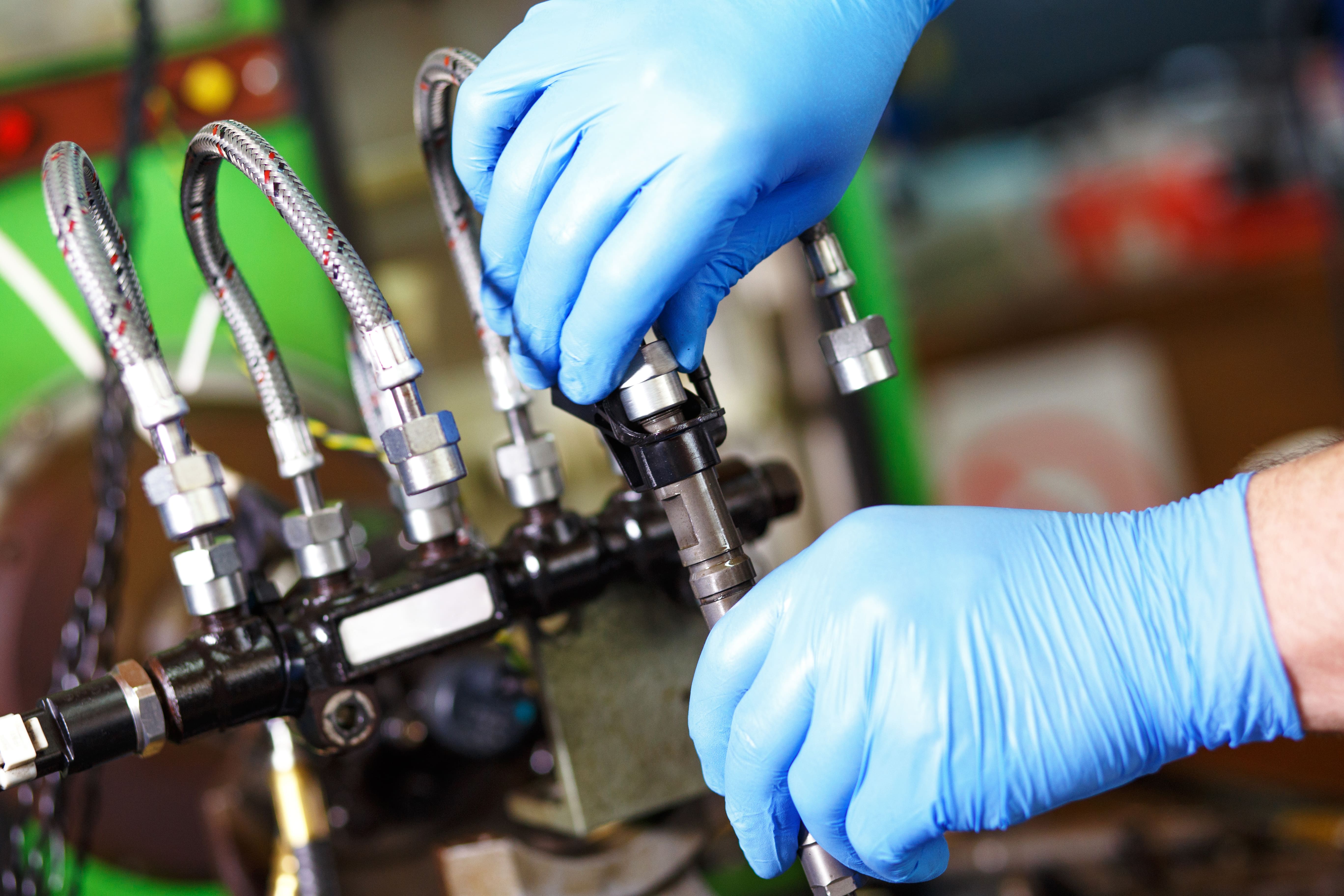
When it comes to providing protection in the workplace gloves are essential elements employers need to provide.
Selecting the most effective solution to help hands stay safe in the workplace depends on certain criteria:
No one pair of gloves can offer protection against all substances and differ in design, thickness and material.
There are a range of European standards that gloves need to comply with. For instance to project working hands from chemicals/substances you should opt for gloves that meet standard EN374-3 whereas gloves giving protection from wet work require a glove that meets the standard EN374-2 which demonstrates the gloves are waterproof.
Most manufacturers of gloves provide handy information about how well their gloves perform against different substances and use three key terms:
Some workers develop an allergy to gloves made of natural rubber latex so try to choose non-latex gloves unless there are no other options available to provide the protection required. There are chemical protective gloves that provide protection against mechanical hazards (these will be marked EN388) and (those marked EN407) offer protection against thermal hazards.
Size and comfort is key and gloves should fit the worker wearing them because they can make hands feel tired or loose grip if they are too tight and if they are too big folds can be created that affect working processes.
Like the rest of the body, hands sweat so ensure staff take glove breaks and remove them before hands become too hot and this helps air hands. When handling oily or wet items gloves with textured surfaces should be selected to improve grip. Appropriate gloves should be employed for specific tasks ie food grade gloves, sterile gloves and colour is important when it comes to showing contamination.